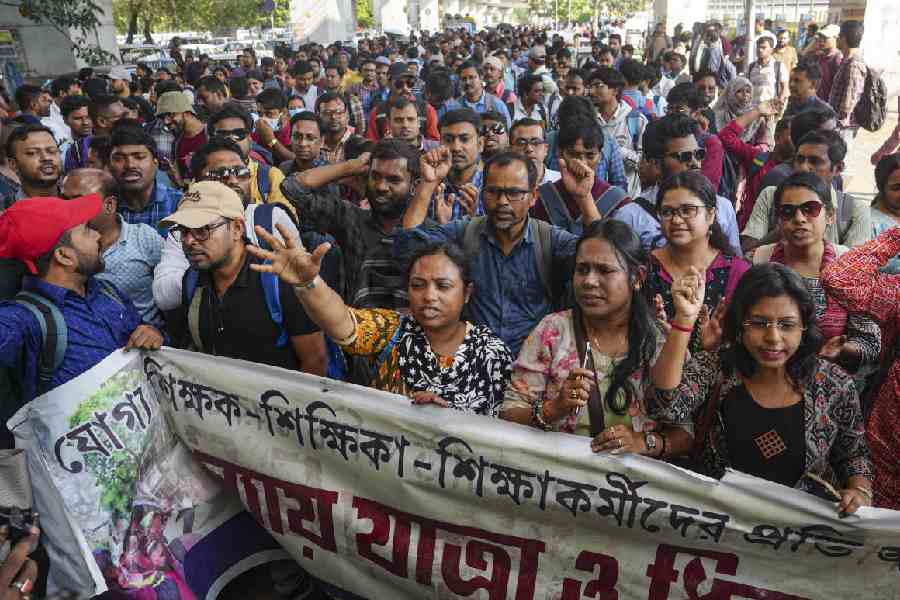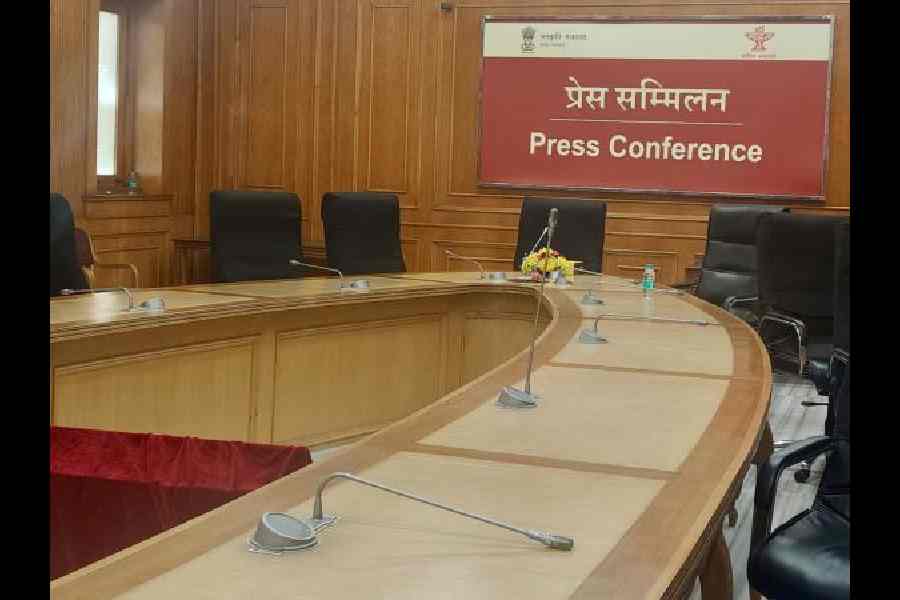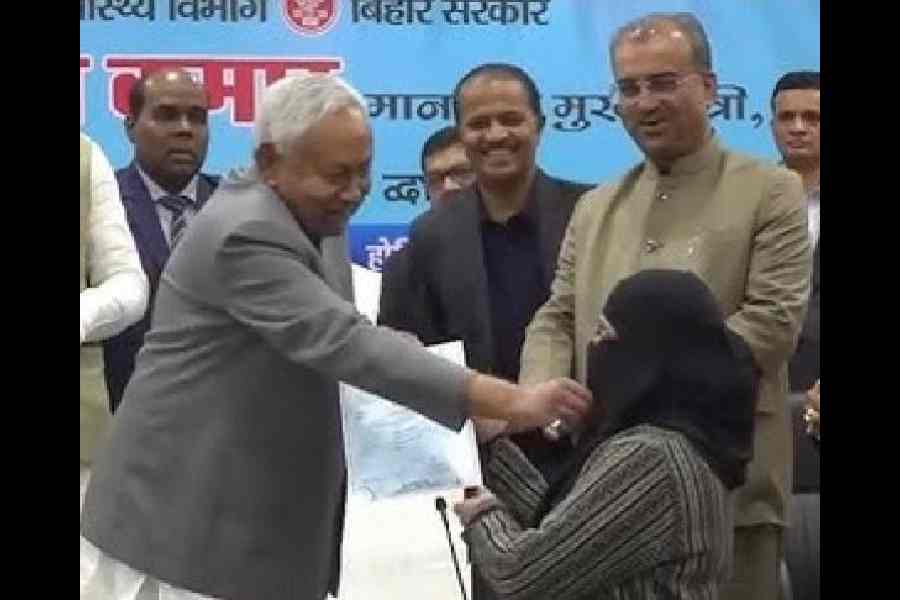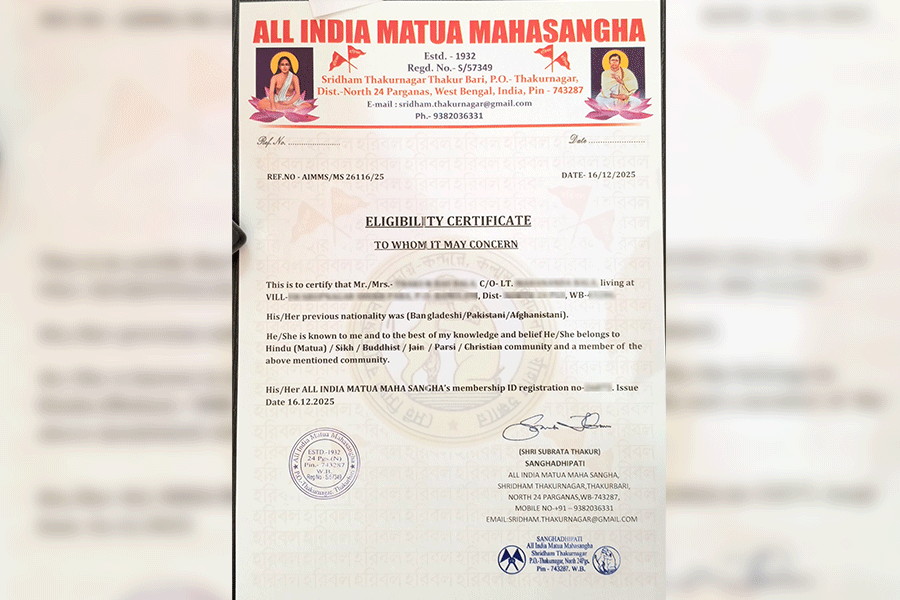

It’s Tuesday afternoon in uptown Bangalore. The Opera House, at the intersection of Brigade Road and Residency Road, is gleaming after many years. The address at which iconic MGR and Sivaji Ganesan movies have been screened had lately been in bad shape with an uncertain future. That’s when a tech giant stepped in, took control and turned it into what could be a milestone in its journey.
We keep hearing about Samsung coming up with game-changing smartphones, the most versatile refrigerators, unique washing machines and top-of-the-line television sets. But there is much more to this South Korean giant — its work in the 4G and upcoming 5G space is impressive and so has been its investments in artificial intelligence, AR, VR and Internet of Things. In short, Samsung dominates social life.

This is where Opera House comes in as the company’s largest mobile experience centre in the world. The 33,000 sqft standalone property has been restored over two years. From the outside, it’s still an iconic building and on the inside, it’s a space for technological innovations. Not only has Samsung made it a gathering place for techies and consumers in general but has also created a buzz that makes customers feel more like they are at an event than at a retail store.

This is Bangalore. And t2 met the person who has helped the South Korean company in many ways — Dipesh Shah, Samsung R&D’s first employee in India and now the managing director of its R&D institute in Bangalore. The man who started his journey with the company more than two decades ago has seen Samsung become India’s biggest electronics brand.
Opera House seems to be the culmination of Samsung’s research and products (the company has five R&D centres and one design centre in the country). Can you talk about what kind of research takes place in Bangalore?
First, there is R&D within a business line, say mobile, television or semiconductors. They will be looking at products that can be presented within the next one or two years. Then there are company-level R&D centres to which the Bangalore centre belongs. They look at anything that would take between 18 months and four-five years... about what kind of technologies are required based on lifestyle changes that consumers make. Then there is group-level R&D, which we call Samsung Advanced Institute of Technology, which looks at research spread between four-five and 15-20 years. All these three have their presence in Bangalore.
What are some of the specific technologies the Bangalore R&D centre is known for?
Globally we have 34 R&D centres and the Bangalore centre’s role is spread across four technology areas. In Samsung, we are considered to be the best and that’s why we contribute to many of our products. One of the important areas is wireless communication… protocol software, which is software that talks between your mobile and the base station. The connection software is written largely by the many engineers sitting in Bangalore.
The second area is image processing. On the smartphone camera there are many features like slow motion and hyperlapse. For example, the camera on our recent launch, the Note9, can identify what one is looking at — food, mountain, building with lots of light.... Specific camera setting gets applied automatically to what the camera is seeing. This is AI camera and that’s largely developed in Bangalore.
Third is artificial intelligence. If you pick up a Samsung phone, there is something called a “minus one page” on which the content is rich in AI. The elements on the page understands, for example, if the user is at home or ready to leave office or if he or she has just left the airport. This is Bixby Home. The other is Bixby Voice. Using voice commands, you can access many deep features of your application, like “what’s the time difference between Mumbai and Dallas” or “tell me whose call I missed when I was out of town”. And there is Bixby Eye. There is an icon on the phone that looks like an eye. It can identify an object and find similar objects online. This is great for visual shoppers.
The fourth area is Internet of Things (IoT). We have one Cloud at Samsung and currently all our devices are connected to this Cloud. We have a promise that by 2020 every Samsung device that goes out will be by default controlled by this Cloud. Then we open up the ecosystem to any third party. So any air conditioner or vacuum cleaner you buy will be allowed to communicate. That’s our IoT vision.

There are many things you have created just for the Indian market….
This is a part of the Make for India programme. We create unique experiences for consumers in India and these are not part of the global lineup. For example, a microwave oven can prepare naans and make yoghurt. There is also the convertible refrigerator. The freezer takes up a lot of space in a refrigerator and this is used to store meat. But there is also a large section of vegetarians in India who cannot utilise the space. So, the convertible refrigerator. Some of the things that are made under this programme have gone global.
How does Opera House help Samsung?
This is an experience zone. It’s very hard to describe the experience of being always-connected but it can be shown at Opera House. One has to realise that however much we do, we will have limited understanding of consumers. We want millennials to come to Opera House and share their needs and pain points. We will also call start-ups and ask them what they can provide. Each start-up is built around one specific insight. But Samsung is a big company and cannot have just one insight. We will help start-ups connect with us. This will be an open platform to build something new.
What are some of the technologies to look forward to?
Multi-device experience. We are a unique company because we can connect a consumer, right from his or her home and then all along the way, even when in transit. For example, our Harman product line. A user starts to play music at home and then takes the car to office. The music automatically gets transferred to the car. Once at office, the speaker at office will pick up the music. So carrying experiences across devices is a large programme that’s happening at Samsung.
The other area is AI. We will keep connecting people in regional languages. Then there is 5G, which will be a big leap.











